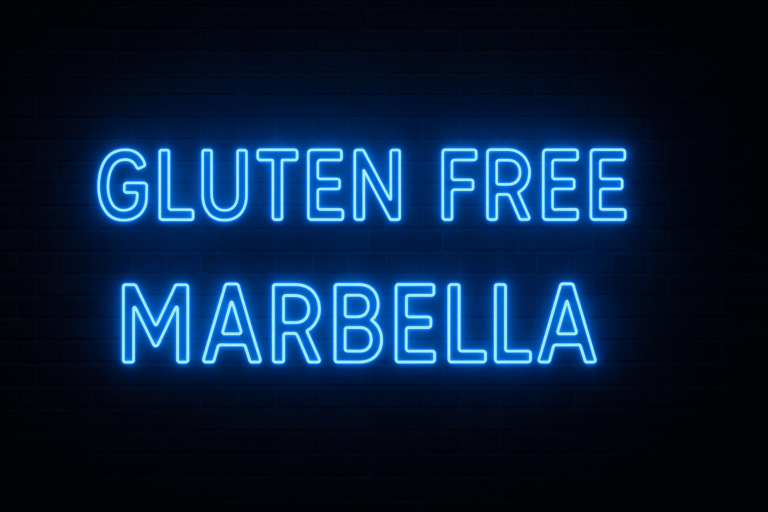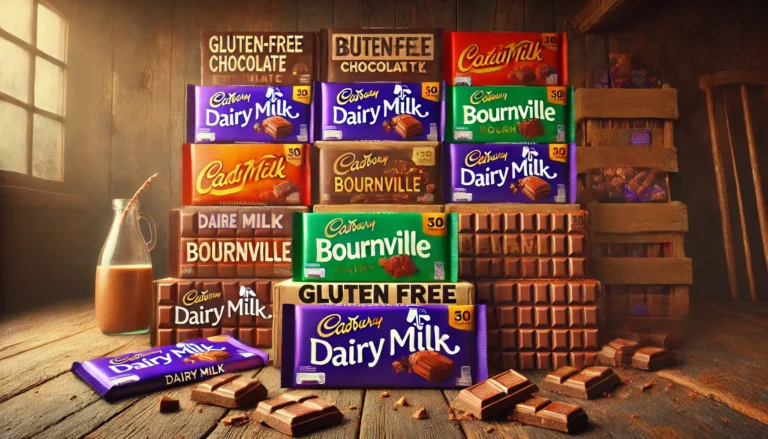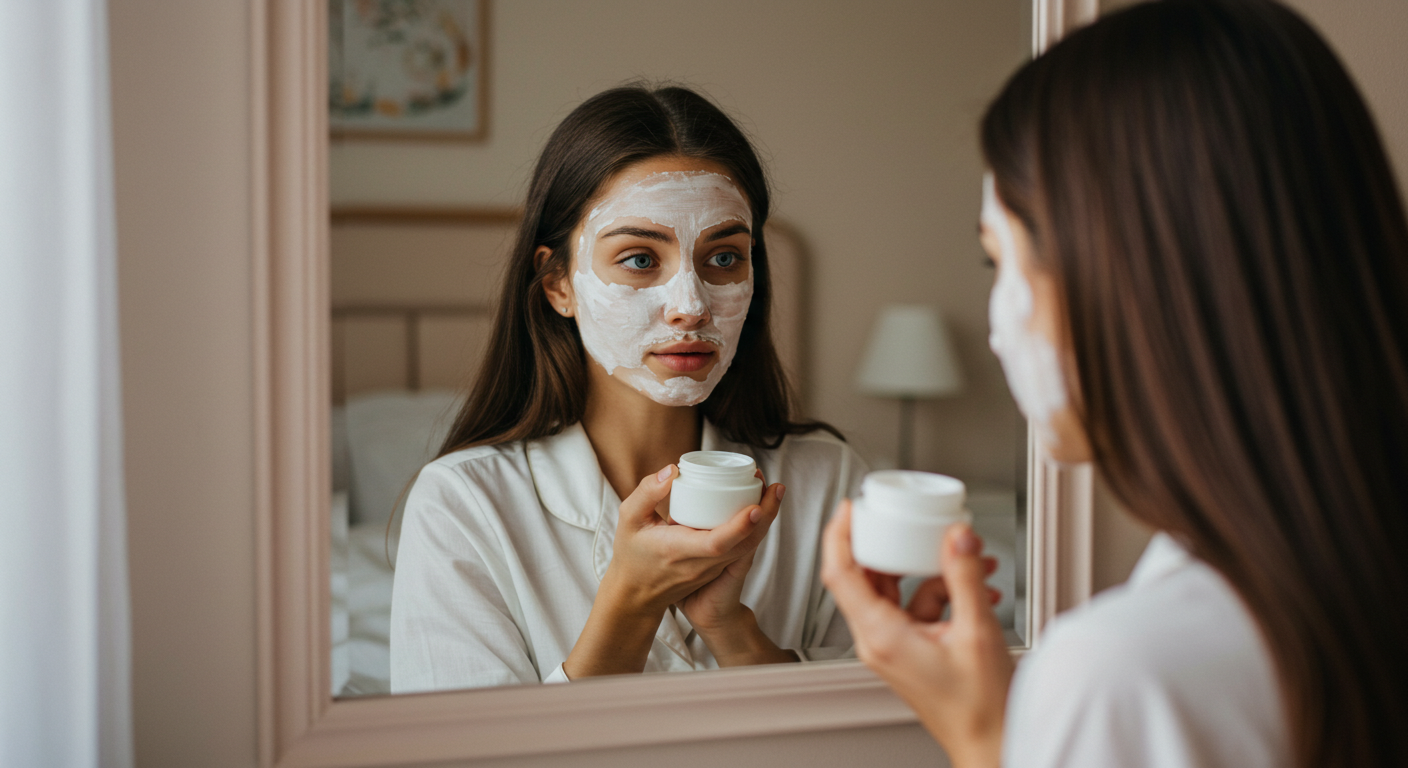
Many people living with coeliac disease follow a strict gluten-free diet to protect their health. But gluten is not just limited to food. It can also show up in your everyday beauty routine, sometimes without you even realising it. From shampoos and lotions to lipstick and toothpaste, gluten-containing ingredients may be hiding in plain sight on product labels.
So how worried should you be? Can gluten in a moisturiser or face wash really trigger symptoms? Should you be replacing your entire skincare collection with gluten-free versions?
In this guide, we explore the gluten hiding in your beauty products, whether it matters for people with coeliac disease or non-coeliac gluten sensitivity, and how to make safe, informed choices. If you’re wondering whether your beauty routine could be putting you at risk, read on.
What Is Gluten and Why Might It Be in Beauty Products?
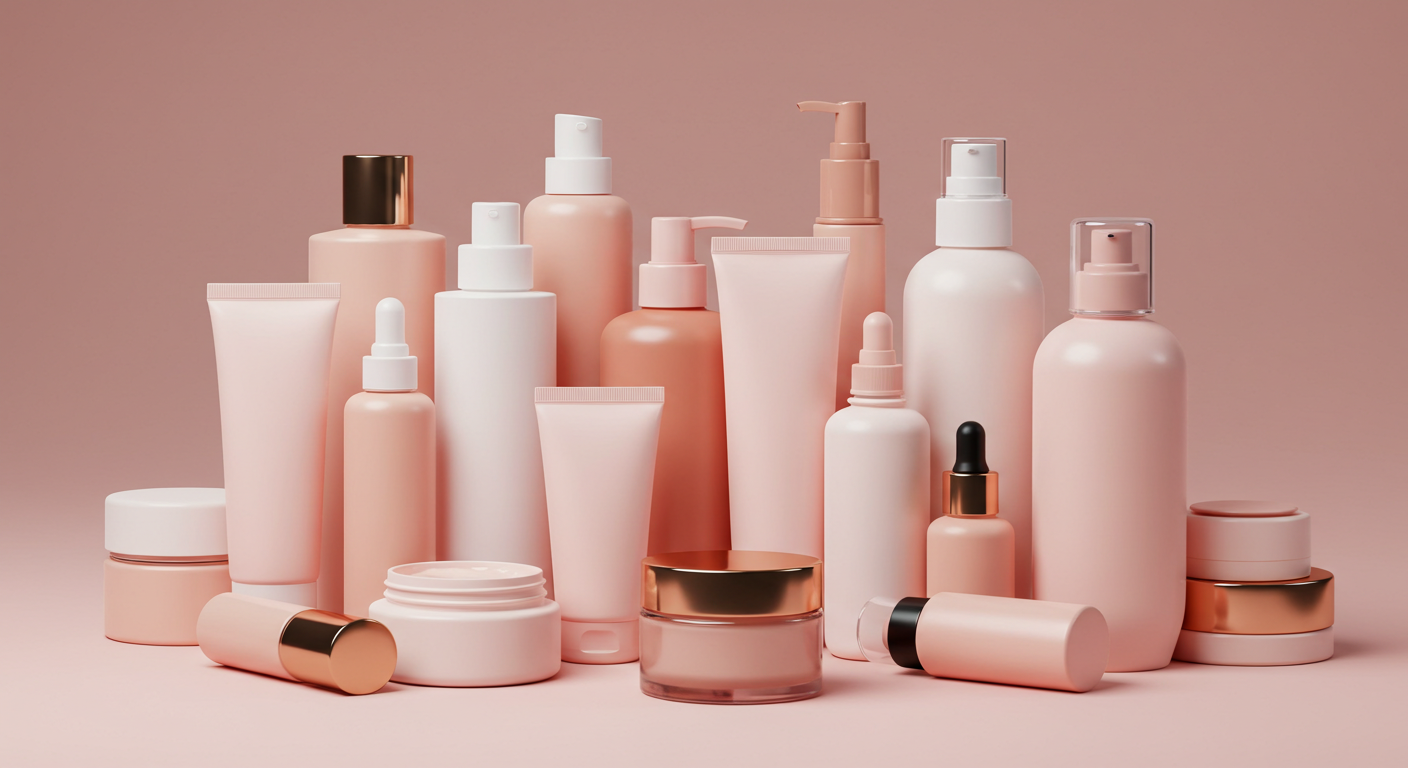
Gluten is a group of proteins found in grains such as wheat, barley and rye. In food, it is responsible for the stretchy texture of dough. In cosmetics and personal care items, gluten is often used for other purposes.
Manufacturers use gluten-derived ingredients for a variety of reasons. They may act as binding agents, moisturisers or protein boosters. For example, hydrolysed wheat protein is used in hair conditioners to help strengthen strands and improve shine. Wheat germ oil might be added to face creams for its vitamin content. Barley extract can be used to smooth skin and add texture to a product.
The issue is that most of these ingredients are not labelled as simply “gluten”. They are listed under scientific or Latin names on the ingredient list, making them easy to miss unless you know exactly what to look for.
Can Gluten in Skincare Affect Someone With Coeliac Disease?
This is one of the most common concerns among people following a gluten-free lifestyle. The short answer is no — gluten cannot be absorbed through healthy, intact skin. Applying a cream that contains a gluten-based ingredient will not allow the protein to enter your bloodstream or digestive tract.
However, that does not mean it is completely safe in every situation. The main risk comes from accidental ingestion. If you apply a lip balm that contains wheat protein, or use a hand cream and then eat without washing your hands, you could ingest enough gluten to trigger a reaction.
This is especially important for products applied to or near the mouth, such as:
-
Lip balm
-
Lipstick and lip gloss
-
Toothpaste and mouthwash
-
Hand creams and lotions
-
Anything used on the face that could transfer to the lips
Another consideration is skin reactions. While gluten itself does not typically cause topical reactions, people with dermatitis herpetiformis — a skin condition linked to coeliac disease — may experience flare-ups when using products that contain gluten. The science here is limited, but some people report sensitivity even without ingestion.
Common Beauty Ingredients That Contain Gluten
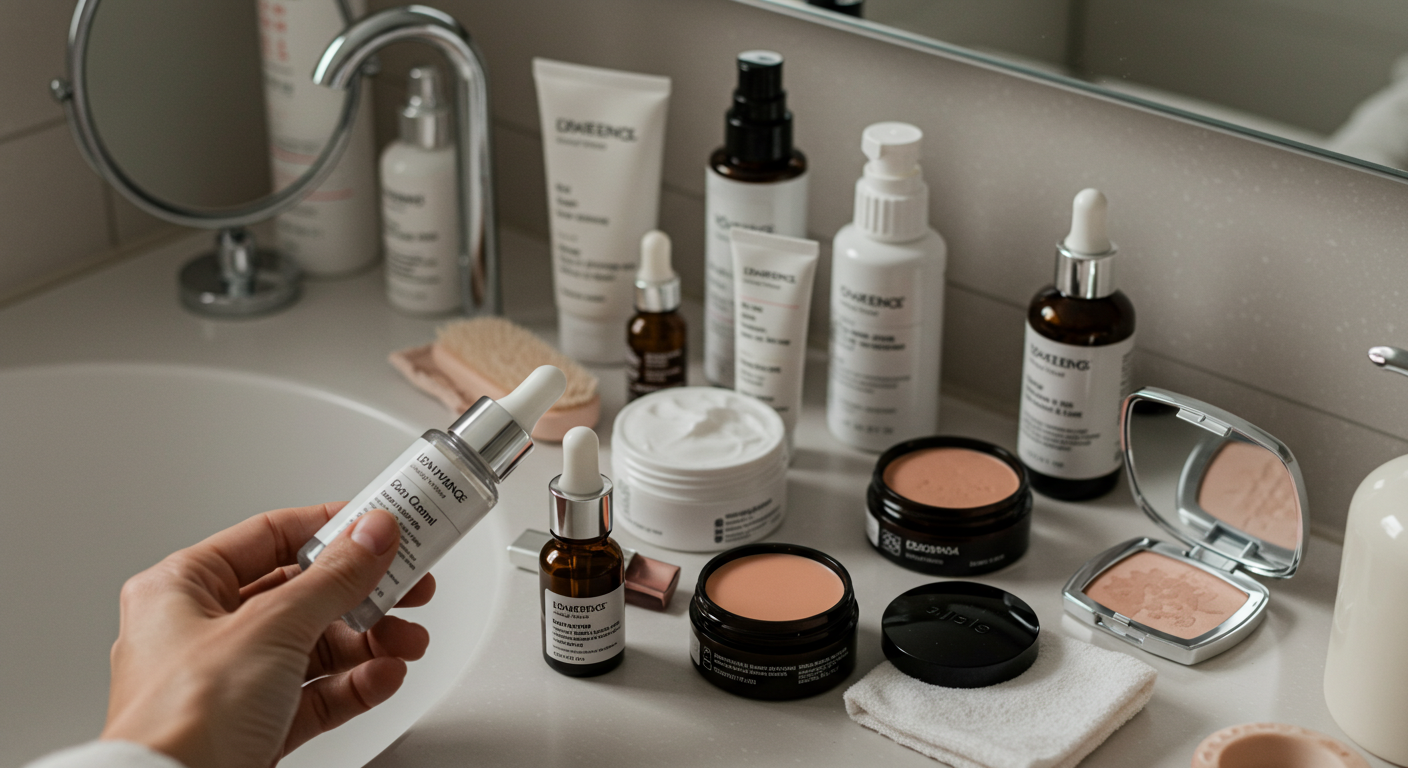
Most beauty products will not use the word “gluten” on the label. Instead, gluten-containing ingredients appear under different names, often using Latin-based terms due to international cosmetic regulations.
Look out for the following common sources of gluten:
-
Triticum vulgare — wheat
-
Hordeum vulgare — barley
-
Secale cereale — rye
-
Avena sativa — oats (unless certified gluten-free)
-
Hydrolysed wheat protein — often used in shampoos and lotions
-
Wheat germ oil — a byproduct of wheat
-
Malt extract — derived from barley
These ingredients may be used in moisturisers, serums, masks, conditioners, styling creams, sunscreens and more. Many are added for their natural antioxidant or protein content, not for any gluten-specific property.
If you are unsure about an ingredient, it is best to look it up or contact the manufacturer for clarity.
Which Products Should You Be Most Cautious With?
Not all products pose the same level of risk. The real concern is with anything that could be accidentally ingested or comes into contact with your mouth, especially if used repeatedly throughout the day.
Here are some product categories to be more cautious about:
-
Lip balm and lipstick — these are applied directly to the mouth and often reapplied
-
Toothpaste and mouthwash — used daily and not always rinsed away fully
-
Hand creams — if applied before eating, gluten could be transferred to food
-
Face moisturisers or foundations — if applied close to the lips or rubbed off during eating
Hair care products like shampoo and conditioner are generally low risk unless you have broken skin on your scalp or are extremely sensitive. Likewise, body washes and soaps that are rinsed away are unlikely to cause problems for most people with coeliac disease.
Do You Need to Use Gluten-Free Beauty Products If You Have Coeliac Disease?

This depends on your personal level of sensitivity and your comfort level. According to Coeliac UK and NHS guidance, gluten in skincare is not typically dangerous unless ingested. However, the decision to use gluten-free beauty products is ultimately up to you.
Here are some reasons people choose to go fully gluten-free in their personal care routine:
-
They feel more secure knowing there is no chance of ingestion
-
They have had reactions to products with gluten in the past
-
They want to simplify label reading and reduce their worry
-
They are managing dermatitis herpetiformis or very sensitive skin
On the other hand, many people with coeliac disease use standard products without issue, especially when they avoid gluten in lip care and oral hygiene products. If you have never had a problem with skincare or makeup, you may not need to switch everything.
How to Identify Gluten on Product Labels
Unlike food packaging, cosmetic labels do not clearly state “contains gluten”. Ingredients are listed using INCI (International Nomenclature of Cosmetic Ingredients), which often means Latin or technical names.
Tips for spotting gluten in cosmetics:
-
Learn the key Latin names: Triticum for wheat, Hordeum for barley, Secale for rye
-
Be cautious of anything labelled “hydrolysed protein” unless the source is specified
-
Look for terms like “wheat germ oil”, “malt extract”, or “barley extract”
-
Avoid vague terms such as “plant extracts” or “botanical blends” unless the full source is disclosed
-
Use ingredient lookup apps like SkinSAFE or Think Dirty
-
Visit the manufacturer’s website or contact customer service for ingredient clarification
Some brands voluntarily label their products as gluten-free, which can save time and reduce stress. Look for a gluten-free statement or symbol on the packaging.
Trusted Gluten-Free Beauty Brands in the UK

Several beauty brands offer gluten-free products or provide full transparency about their ingredients. These are popular among people with coeliac disease or other gluten sensitivities.
Here are a few trusted names:
-
PHB Ethical Beauty — certified gluten-free and vegan, made in the UK
-
Green People — organic skincare brand with gluten-free product lines
-
E.L.F. Cosmetics — many makeup items are gluten-free and labelled accordingly
-
Faith In Nature — most hair and body care products are gluten-free and free from artificial ingredients
-
Beauty Without Cruelty — long-standing ethical brand with clear labelling and gluten-free options
Availability may vary by retailer, so always double-check ingredients and labels before purchasing.
What to Do If You React to a Product
Even if a product is gluten-free, it is still possible to experience a reaction due to fragrances, preservatives or other allergens. If you think gluten may be the cause, here is what to do:
-
Stop using the product immediately
-
Take photos of the packaging and ingredient list
-
Wash the affected area with lukewarm water
-
Apply a gentle, fragrance-free moisturiser
-
Monitor the skin for signs of rash, itching or swelling
-
Contact your GP if the reaction is severe or does not improve
-
Report the product to the brand and to the MHRA (Medicines and Healthcare products Regulatory Agency) if needed
Keeping a skincare diary can help you track what products work for you and what ingredients may be causing problems.
Final Thoughts: Is Gluten Hiding in Your Beauty Products?
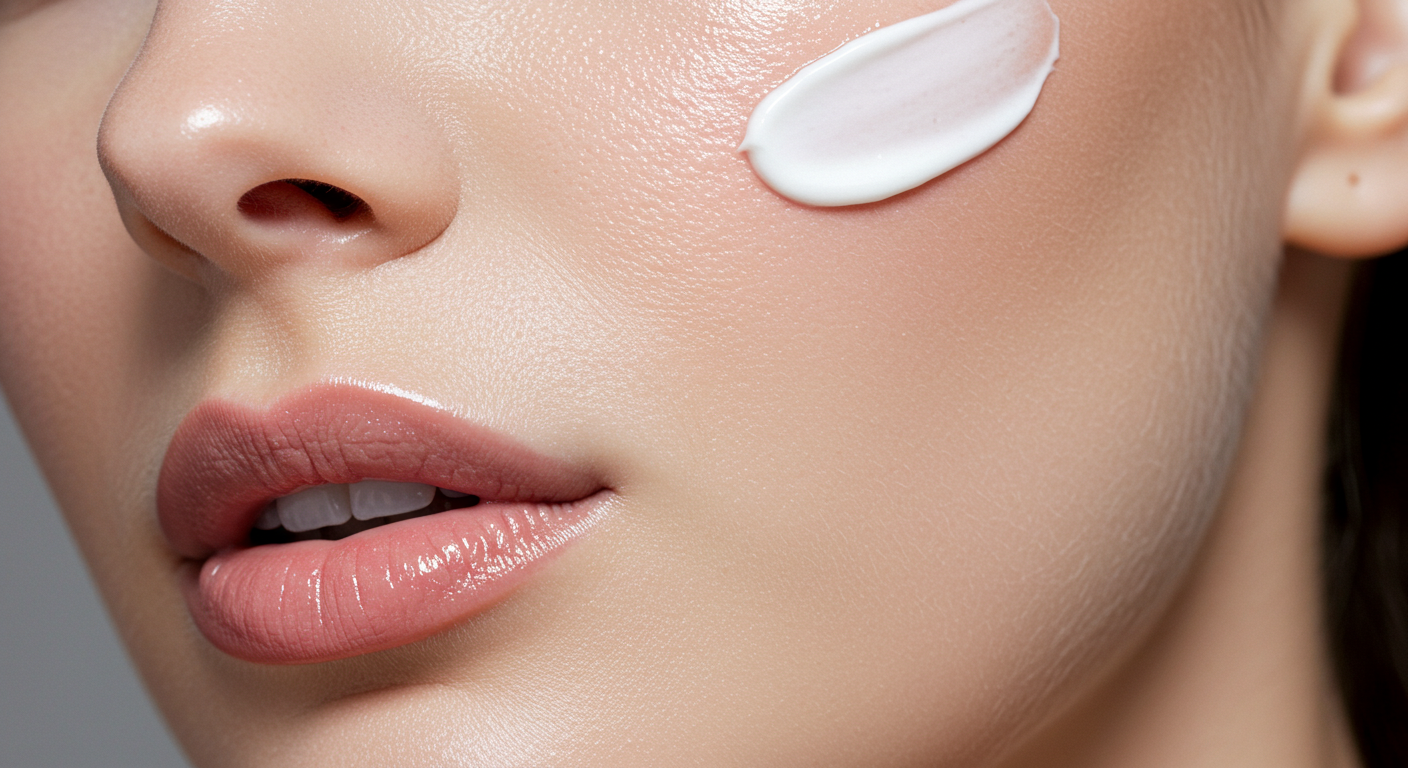
Yes, gluten can be present in many beauty and personal care items. While it cannot be absorbed through the skin, it can still be ingested by accident through lip care, toothpaste or hand-to-mouth contact. For people with coeliac disease, even a small amount of gluten can be harmful when swallowed.
Choosing gluten-free beauty products is not always medically required, but it can offer peace of mind and help you feel more in control. Focus on lip products, oral care and anything used near your mouth. For other items, decide what makes you feel most comfortable.
With growing awareness and clearer labelling, it is easier than ever to build a gluten-free beauty routine. Take your time, read labels carefully, and reach out to brands when in doubt. Your health and confidence are worth it.



